Nationality English Education Royal College of Art Parents John Greenaway | Name Kate Greenaway Known for Children's Literature | |
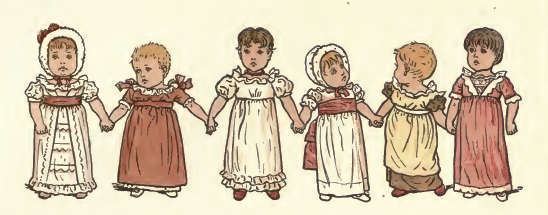 | ||
Full Name Catherine Greenaway Role Children's book illustrator Books Under the Window, Marigold Garden, Language of flowers, A apple pie, Kate Greenaway's Book of G Similar People Walter Crane, Robert Browning, Sara Ball, John Tenniel, John Everett Millais | ||
Illustrator kate greenaway s influence on children s fashion
Catherine Greenaway (17 March 1846 – 6 November 1901) was a successful Victorian children's book illustrator and writer whose work influenced the children's style of the day. She studied graphic design and art between 1858 and 1869 and embarked on a career of designing greeting cards. In the late 1870s Greenaway initiated a collaboration with printer and engraver [[Edmund Evans] which would last for two decades. With fellow illustrators Walter Crane and Randolph Caldecott, the work Greenaway produced for Evans revolutionized the children's book book market.
Contents
- Illustrator kate greenaway s influence on children s fashion
- Aunt louisa s nursery favourite kate greenaway
- Early life and education
- Career
- Style
- References
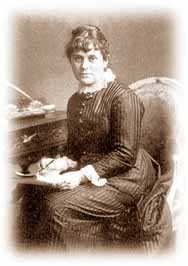
Aunt louisa s nursery favourite kate greenaway
Early life and education
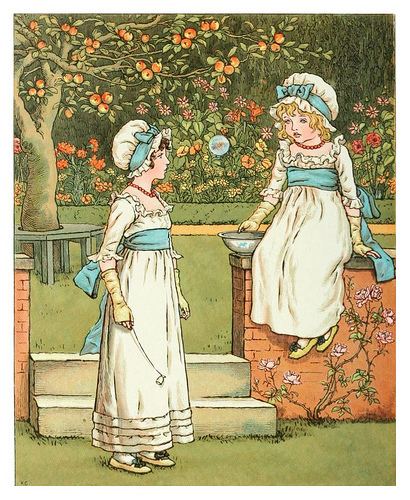
Kate Greenaway was born in Hoxton, London, the second of four children, to a working class family. Elizabeth Greenaway was a dressmaker and John Greenaway a wood engraver, whose business failed when he took a commission to engrave illustrations for Charles Dickens's The Pickwick Papers from a publisher who went bankrupt. As a young girl Kate lived with relatives in Rolleston, Nottinghamshire. John wanted to work without interruptions on the Dickens's engravings and sent the entire family away for about two years, a period that for Kate, according to children's literature scholar Humphrey Carpenter "was crucial ... she felt it to be her real home, a country of the mind that she could always reimagine."
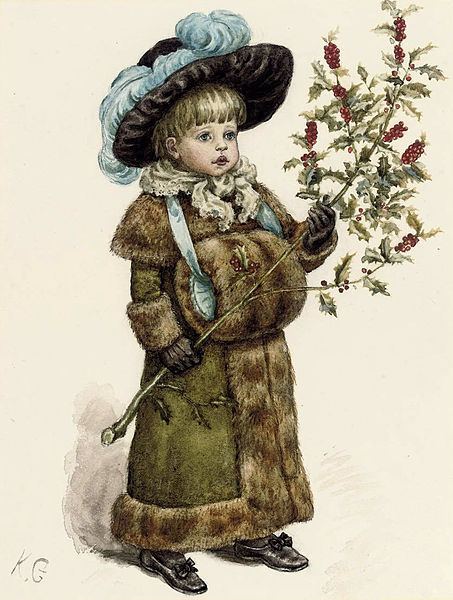
On the return of his wife and children the family moved to Islington, living in the flat above a millinery shop Elizabeth Greenaway opened to provide an income. There was a garden outside the building, which Greenaway wrote about in letters and an unfinished autobiography in the 1880s, describing it as place with "richness of colour and depth of shade." Her father took on work for The Illustrated London News, often bringing home the wood blocks to carve during the night. Kate was interested in her father's work, and through him was exposed to the work of John Leech, John Gilbert and Kenny Meadows.
As a child Kate was educated at home and sent to series of dame schools. When she was about 12 she began formal art education when she enrolled in the National Course of Art instruction. She studied at what is now the Royal College of Art in London, in the section for women. (The college was then headed by Richard Burchett.)
Career
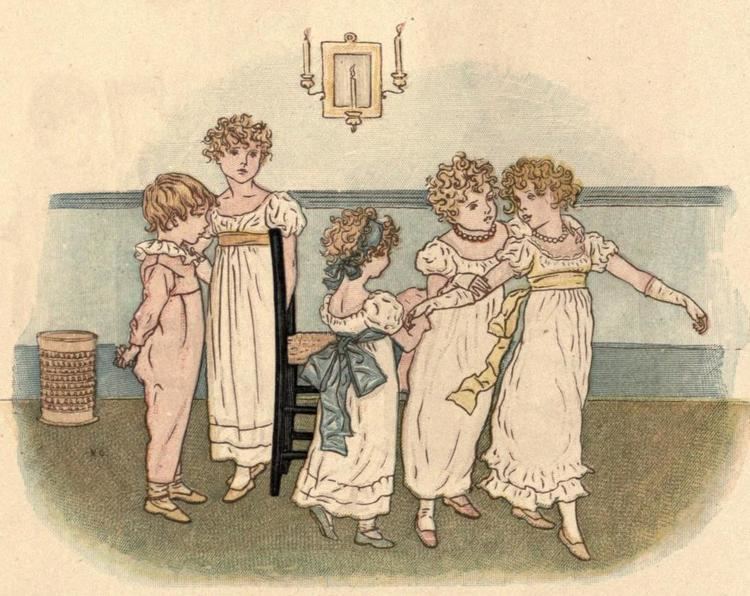
Her first book, Under the Window (1879), a collection of simple, perfectly idyllic verses about children, was a bestseller.
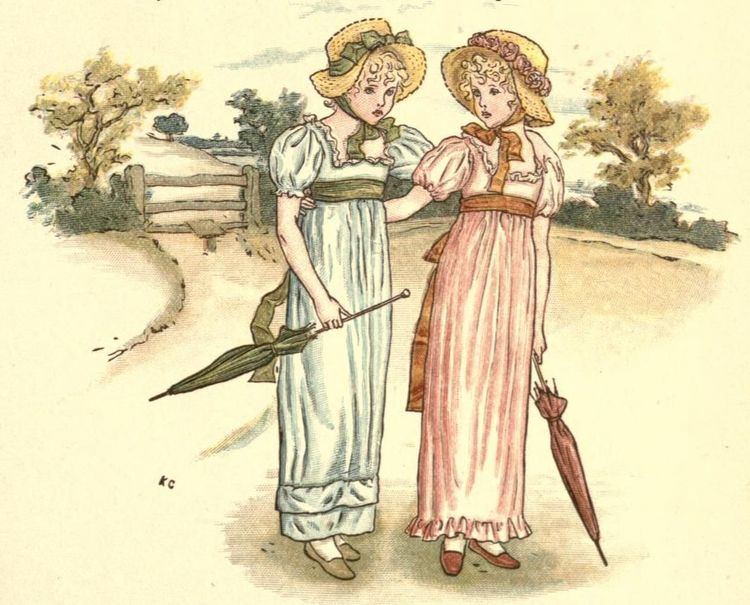
As well as illustrating books Greenaway produced a number of bookplates.
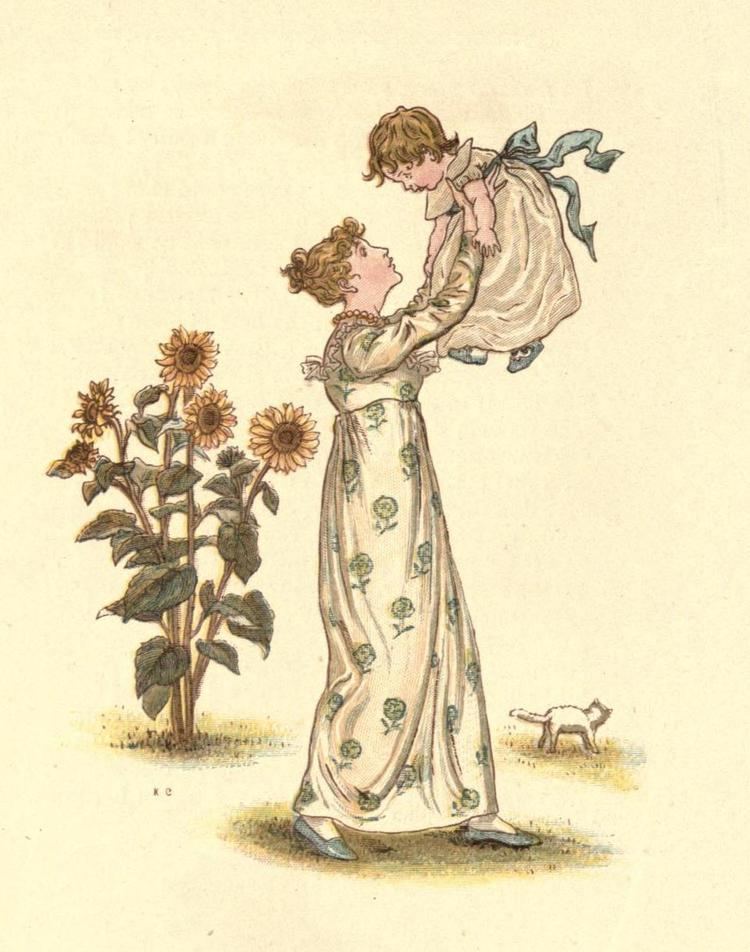
Greenaway was elected to membership of the Royal Institute of Painters in Water Colours in 1889. She lived in an Arts and Crafts style house she commissioned from Richard Norman Shaw in Frognal, London, although she spent summers in Rolleston.
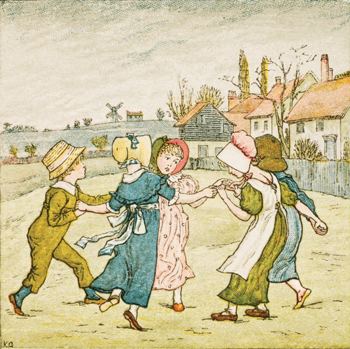
Greenaway died of breast cancer in 1901, at the age of 55. She is buried in Hampstead Cemetery, London. The Kate Greenaway Medal, established in her honour in 1955, is awarded annually by the Chartered Institute of Library and Information Professionals in the UK to an illustrator of children's books.
Style
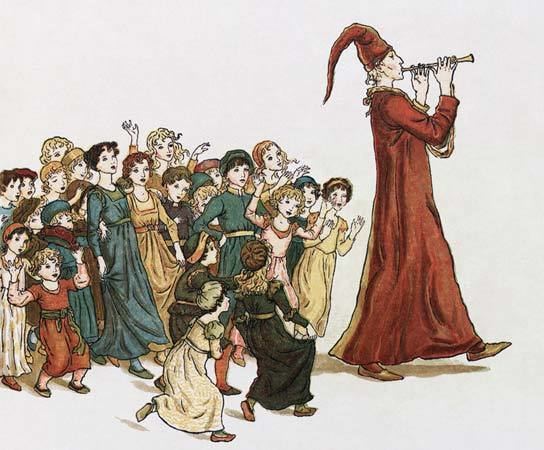
Greenaway's paintings were reproduced by Chromoxylography, by which the colours were printed from hand-engraved wood blocks by the firm of Edmund Evans. Through the 1880s and 1890s, her only rivals in popularity in children's book illustration were Walter Crane and Randolph Caldecott.
"Kate Greenaway" children, all of them girls and boys too young to be put in trousers, were dressed in her own versions of late 18th century and Regency fashions: smock-frocks and skeleton suits for boys, high-waisted pinafores and dresses with mobcaps and straw bonnets for girls. The influence of children's clothes in portraits by British painter John Hoppner (1758–1810) may have provided her some inspiration. Liberty of London adapted Kate Greenaway's drawings as designs for actual children's clothes. A full generation of mothers in the liberal-minded "artistic" British circles who called themselves The Souls and embraced the Arts and Crafts movement dressed their daughters in Kate Greenaway pantaloons and bonnets in the 1880s and 1890s. The style was often used by painter Maude Goodman in her depictions of children.
